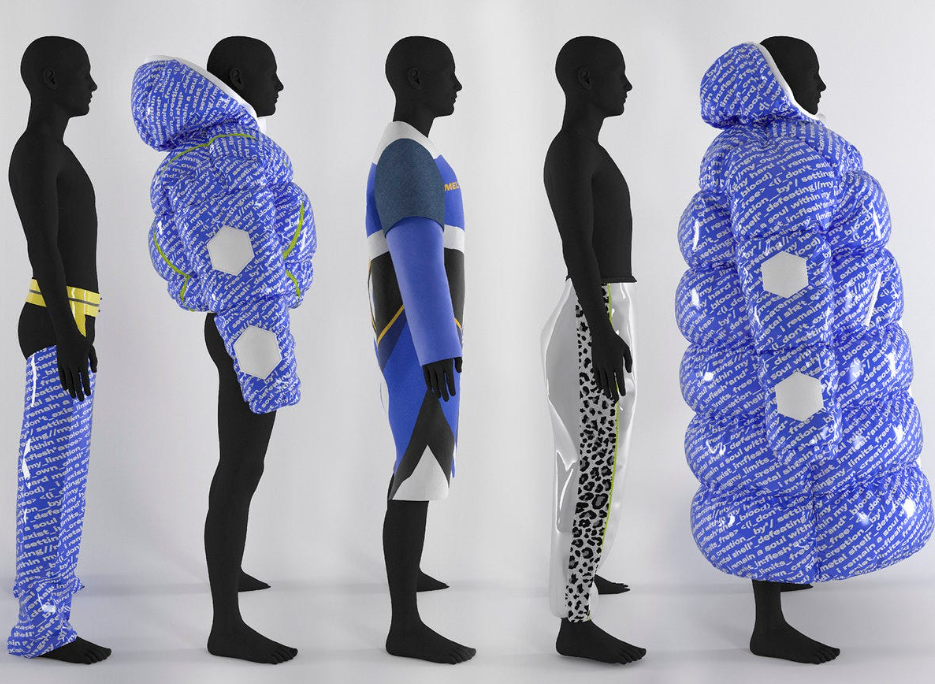Sampling has always been one of the most time-consuming and resource-intensive stages of fashion development. Each round of samples involves fabric waste, courier costs, delays, and sometimes miscommunication between designers and production teams. But with digital prototyping, much of this complexity is removed. Designers can now build and adjust virtual garments before committing to physical production, saving both time and material.
Digital prototyping begins in the CAD design environment. Patterns are created with precision and then simulated on virtual models using simulation tools. Designers can see exactly how the garment will behave, catch fitting issues early, and make modifications without needing to sew a single stitch. This method significantly shortens development cycles, allowing brands to move faster in response to trends or market feedback.
One of the key benefits is the cost savings. Traditional sample rounds can require three to five iterations per garment. Virtual prototyping can often cut that down to one or two, reducing labor, material, and logistics costs. Brands adopting cad product design and CAD design software report shorter lead times and greater flexibility in their seasonal workflows.
Another advantage is the opportunity for more sustainable production. When samples are created virtually, there’s no textile waste or carbon footprint associated with shipping physical items. For brands with sustainability goals, digital prototyping supports both environmental responsibility and business efficiency. It’s a smarter way to test and develop without contributing to overproduction or landfill waste.
Virtual sampling also improves internal communication. Designers, merchandisers, and production teams can review a digital prototype together, discuss improvements, and approve designs with confidence. This is especially helpful for distributed teams working across different regions or time zones. With all collaborators reviewing the same 3D visual, alignment becomes faster and easier.
Ultimately, digital prototyping is a gateway to modernizing fashion development. It empowers brands to innovate more rapidly, cut unnecessary costs, and align better with ethical production goals. As tools like CAD design software, simulation tools, and 3D CAD models continue to improve, the future of sampling is increasingly virtual—and smarter in every way.

